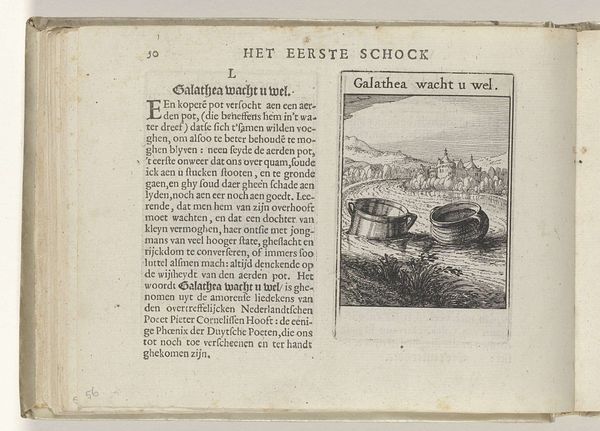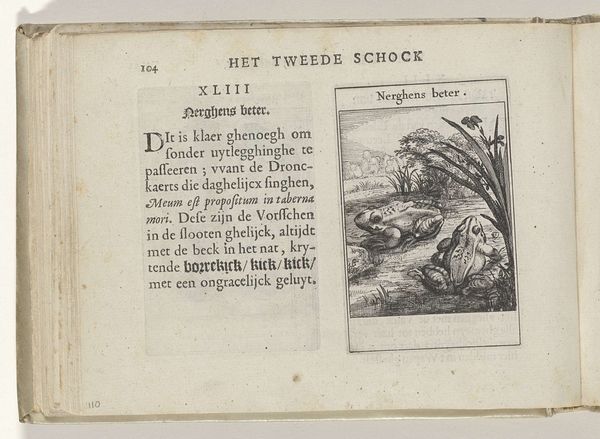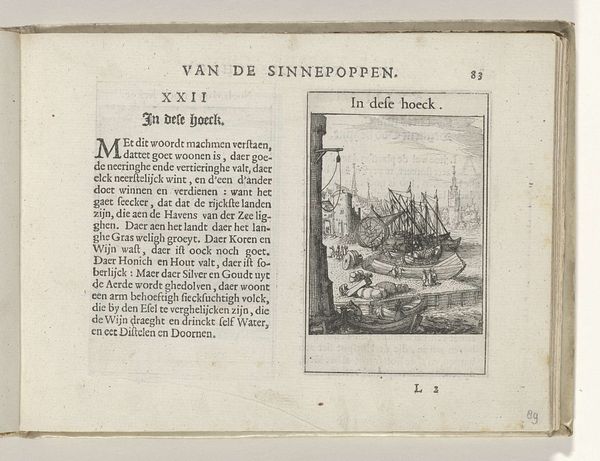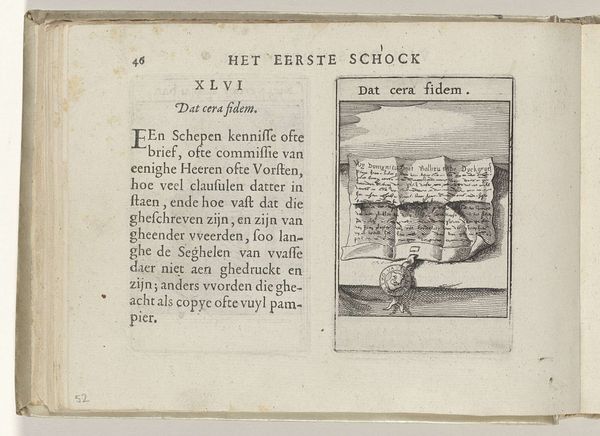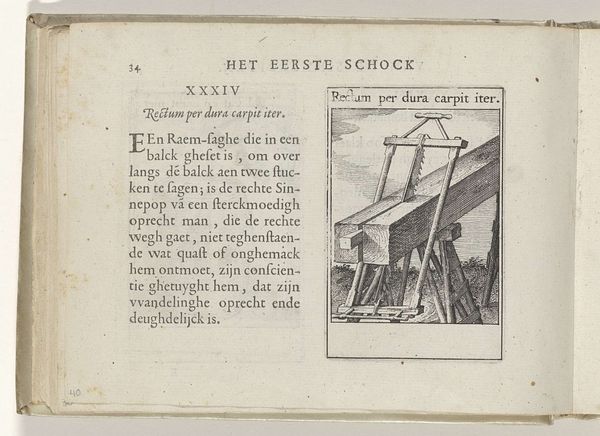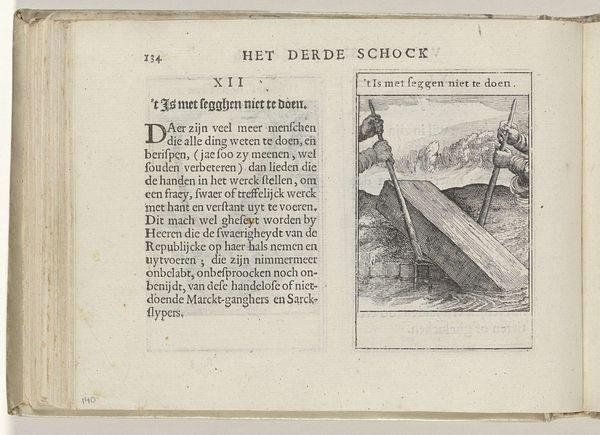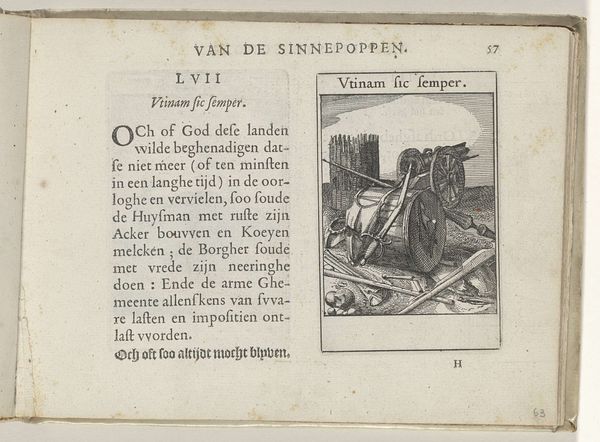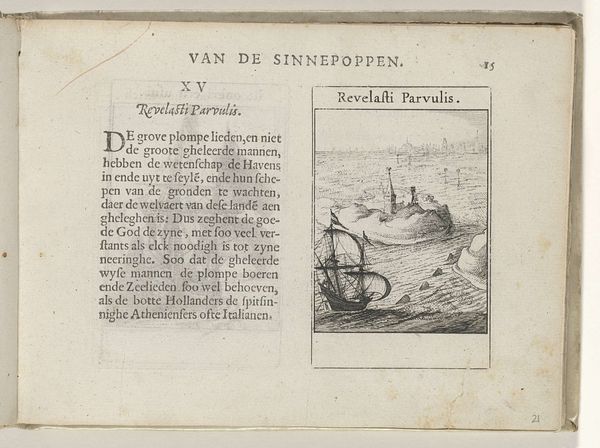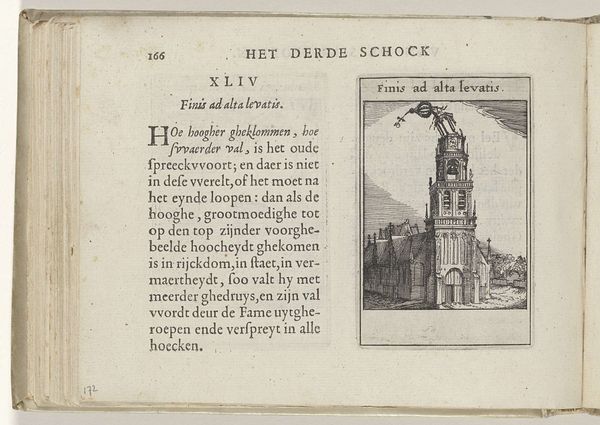
print, textile, engraving
#
dutch-golden-age
# print
#
textile
#
coloured pencil
#
history-painting
#
engraving
Dimensions: height 137 mm, width 188 mm, height 95 mm, width 60 mm
Copyright: Rijks Museum: Open Domain
Roemer Visscher's "XLVII Frustra qui Iterum," created around the turn of the 17th century, is an engraving from a book of emblems. It’s an intriguing combination of image and text reflecting the social and cultural values of the Dutch Golden Age. The image depicts a ship in distress, caught in a storm, while the accompanying text discusses the futility of blaming Neptune, the god of the sea, for a second shipwreck. This emblem speaks to the era's complex relationship with fate, responsibility, and the burgeoning sense of human agency. It's fascinating how the work uses maritime disaster to explore themes of personal accountability and resilience in the face of adversity. Visscher's work doesn't just illustrate a moral lesson; it offers a window into the mindset of a society grappling with new economic opportunities and global exploration, but still deeply rooted in traditional beliefs. The emotional weight of the piece lies in its recognition of human vulnerability and the struggle to find meaning in the chaos of experience.
Comments
No comments
Be the first to comment and join the conversation on the ultimate creative platform.

